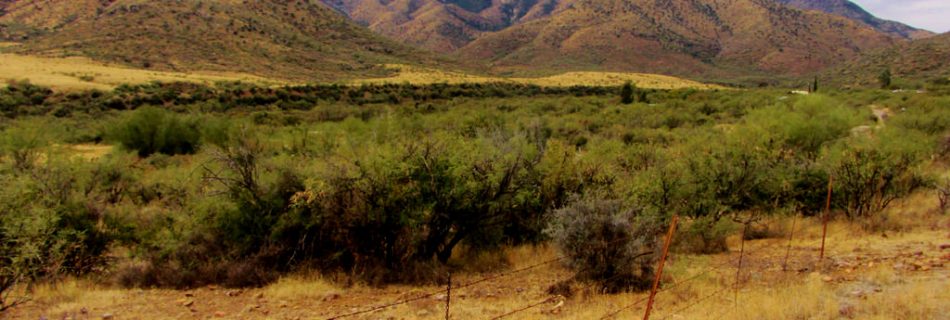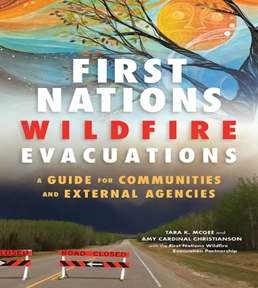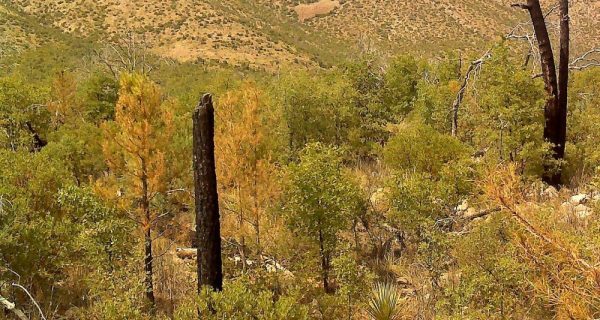An Evolution in Thinking About Fire: A Panel Discussion
In a nutshell: This panel discussion reflects on fire management decisions made – and opportunities missed – during the San Juan National Forest’s 2023 fire season, and how those decisions represent an organizational evolution toward more nuanced and strategic thinking about fire response. Photo description: As a key piece of infrastructure, mangers focused on protecting …
Read more “An Evolution in Thinking About Fire: A Panel Discussion”






